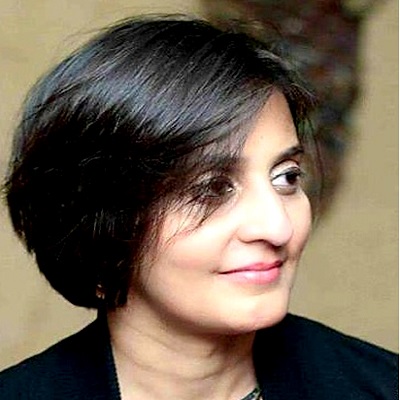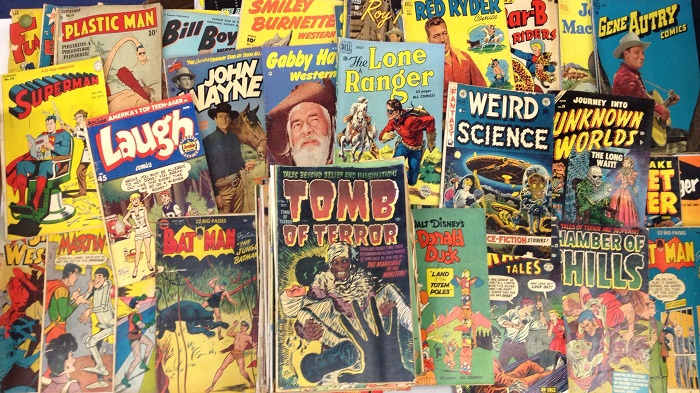“Comics are words and pictures. You can do anything with words and pictures”—Harvey Pecker
And they were just treated like that for a long time. The medium of comics can be traced back to the mid of 19th century. In America and Europe, they started as just strips in newspapers as fun elements. It reached the peak of their fame in 1930s with characters like Tintin in Europe, till superheroes came along and changed the game for a long time. The heroes and a few female heroes fought the bad guys and saved their country time and time again. In 1950s, superhero comics were placed under surveillance by Comics Code Authority, who claimed that they were poisoning the young minds by validating violence.
 In 1960s and 1970s, the superheroes became more than just friendly and morally good. There was diversity in the superheroes with the inclusion of heroes from different countries, genders and sexuality. The heroes also dealt with actual losses and issues and their morality were tested. Beside the superheroes, there were many underground movements which were published alternatively comics that addressed issues like sexuality, politics and social norms in a direct manner.
In 1960s and 1970s, the superheroes became more than just friendly and morally good. There was diversity in the superheroes with the inclusion of heroes from different countries, genders and sexuality. The heroes also dealt with actual losses and issues and their morality were tested. Beside the superheroes, there were many underground movements which were published alternatively comics that addressed issues like sexuality, politics and social norms in a direct manner.
All the changes in the comic books didn’t happen suddenly, but because the readers demanded the changes. The 60s and 70s witnessed many political revolutions and changes, which affected the readership too. The comics and graphic novels became grittier, and the entire myth that they were meant only for children went out of the window. The artwork became darker, symbolic and experimental. Publishers were not afraid to bring out books which were thought-provoking, serious and disturbing.

In India, comics had either been for children or a tool for political satire in newspapers. There were books which were meant to be educational and fun for children. And then there were the comics with superheroes who fought the villains from space or supernatural creatures. They catered to the already existing market, without creating controversies or upheavals.
But the readership changed when the independent writers and readers, who were the consumers of the international products, started demanding home-grown products of similar nature. They ventured into the less-trodden themes of character-driven stories and satire. But they were still not able to foray into the commercial market, and stayed in the collector’s items, with unique art styles and storytelling formats.
With the advent of comic related forums and workshops being held all over the country, and the various internet platforms, comics and graphic novels got a new lease of life. Now, authors and artists are collaborating to come up with more strips, books, and hard copies of books which explore a varied range of topics like social norms, political outrage, sexuality, economic disparity and so on.

As the books don’t have the restrictions to be published on paper and can be put online, the genre has become more inclusive and experimental. The ‘woke’ readers and the changing times, reflect on the kind of content which is being published throughout the world. This change is not only restricted to a country, but it’s global. As Scott McCloud said, “Today, comics is one of the very few forms of mass communication in which individual voices still have a chance to be heard.” According to him, there is so much of content available online that it can take “a lifetime to read all the webcomics published in a year.”
The comic writers now seem more hopeful about getting their work published and read, and reaching an audience. But it also increases the competition and challenges of the visibility of the creators. Despite the pros and cons, the comics are undergoing a lot of changes. They have come a long way, and still, have a long way to go.
(This article has been contributed by Campfire Graphic Novels director Girija Jhunjhunwala, and AnimationXpress.com doesn’t necessarily subscribe to these views)

